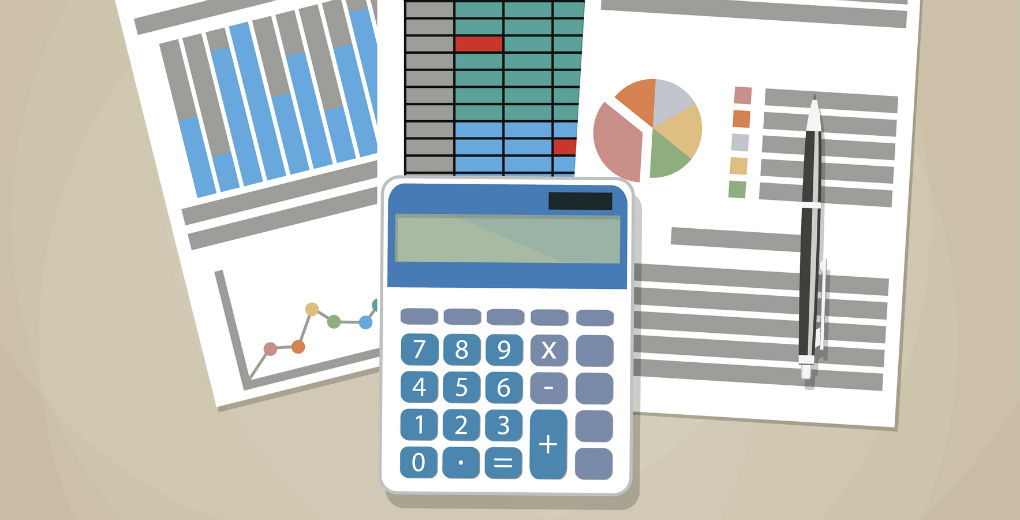Picture a weighing scale. On the one side is fear of financial loss, on the other hope of financial gain. Let’s say you have £50,000 which can be invested with equal likelihood of a return of £0 or £100,000 in one year’s time. The amount you stand to lose or gain is equal, so do the two sides of the scale balance?
For most people, the answer is no. According to a recent McKinsey article based on research by Daniel Kahneman, the prospect of losing £50,000 influences behaviour much more strongly than the prospect of gaining £50,000. In fact, researchers have found that a manager with an average level of risk aversion would need the potential gain to rise to £170,000 (70% more) before making the investment. This is risk aversion, and understanding it is crucial to business growth.
Fear of carrying the can
Risk aversion comes into play when individual managers have to make individual decisions for which they will be held accountable. The personal incentive to take a risk might be very small if the manager can achieve their targets with safer options. If they take the risk and it pays off, their reward will not increase much, but if the gamble fails then they stand to lose credibility.
When businesses view their decisions as part of a portfolio, perception of risk is generally balanced much more evenly. If there are twenty investment decisions to make, then a proportion of them are likely to produce returns; if there are only one or two then the risk looks like an all-or-nothing wager.
Risk aversion is also increased when an organisation fails to recognise that some outcomes are due to controllable events, and some result from uncontrollable events. If people believe they might be held accountable for events they cannot influence, they make more conservative decisions.
Why risk aversion is a threat to business growth
If a business employs many people who are making risk-averse decisions because they fear a negative outcome would reflect badly on them, there is a significant net loss in the potential gains which the organisation could have made. Quite simply, unless risk is handled correctly, growth will be limited.
On the flip side, decision-making can also become problematic when the rewards for risk become disproportionate. This was a feature of the financial crash, when bankers were incentivised to take significant risks, even if these were not in their clients’ best interests. It is important for businesses to distinguish between calculated and reckless risk in their reward and promotion strategies.
What should businesses do to tackle risk aversion?
A nuanced and detailed approach to risk should be developed by businesses in order to support sustainable growth. This should include focusing on both the upsides and downsides of a given proposal, so benefits and losses can be fully considered.
Investments or projects are rarely about money alone, so businesses should take into account more strategic elements as well as the financial aspects. For example, a proposal might boost market penetration or brand recognition even if the returns are disappointing. This might tip the balance in favour of taking the risk.
Finally, incentives for employees should be designed to reduce risk aversion. This means: judging performance based on a portfolio of projects, not one single factor; making a distinction between controllable and uncontrollable outcomes, and ensuring remuneration does not hinder sensible risk-taking.
Is your approach to risk-taking out of balance?




